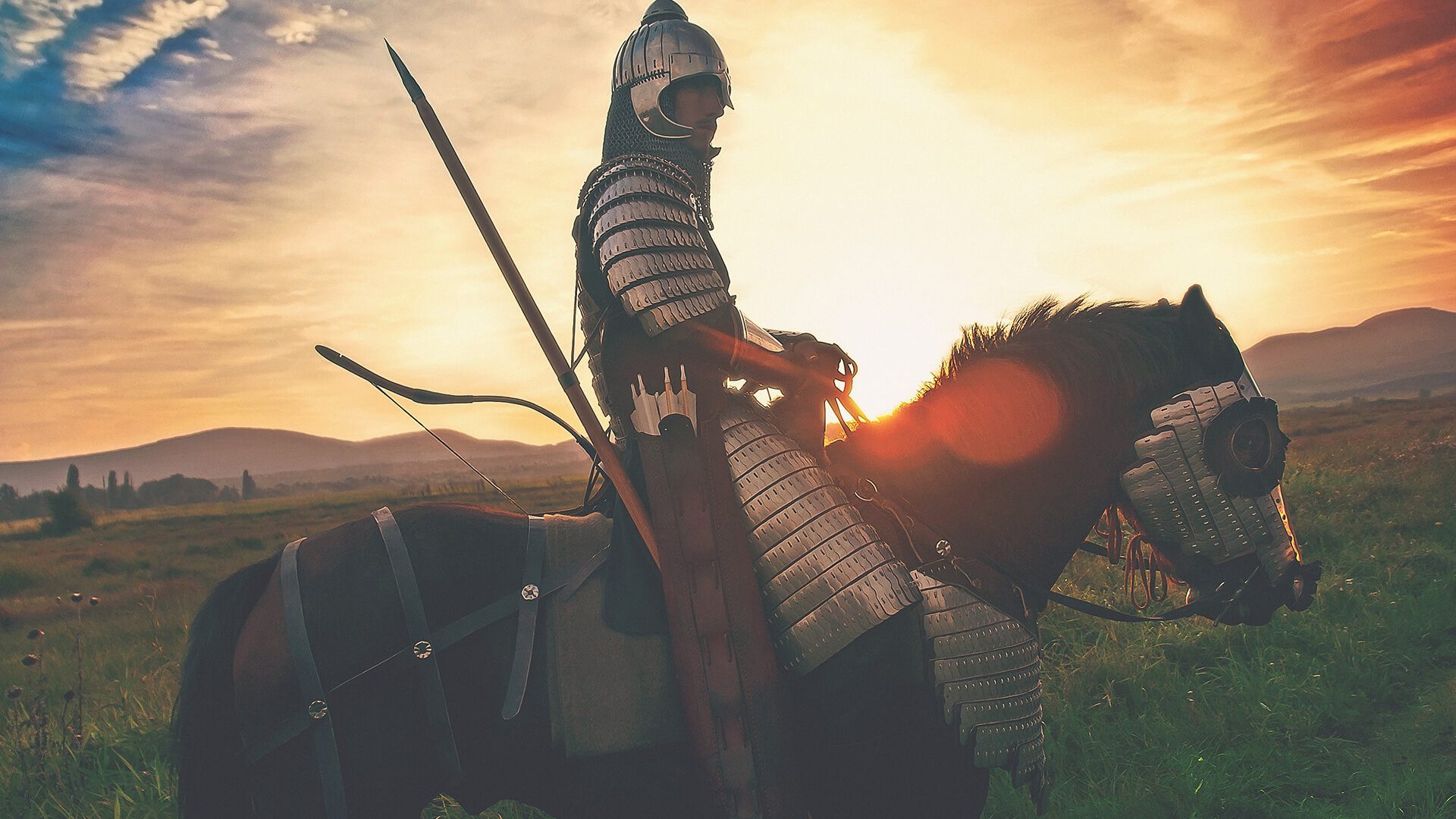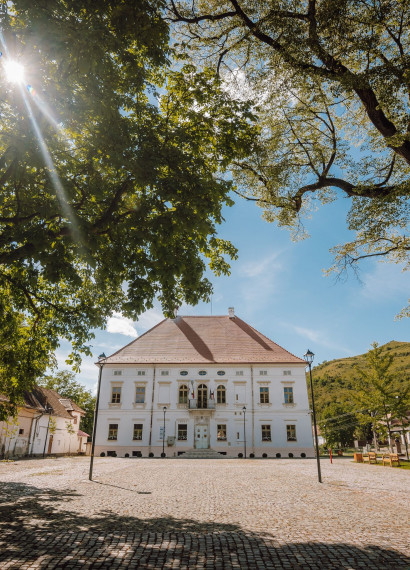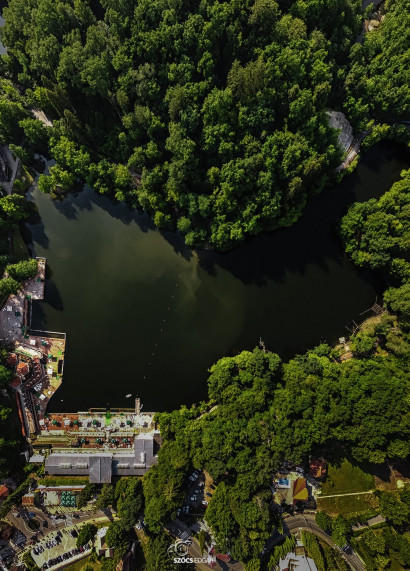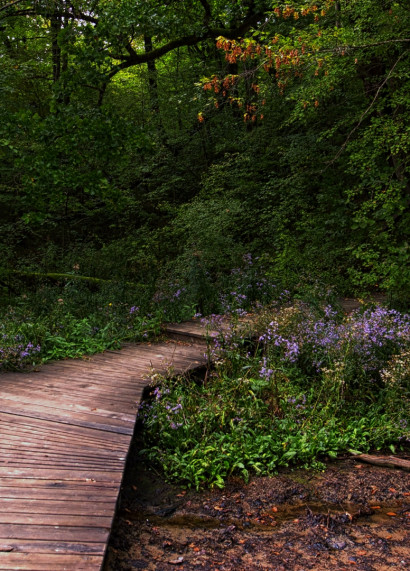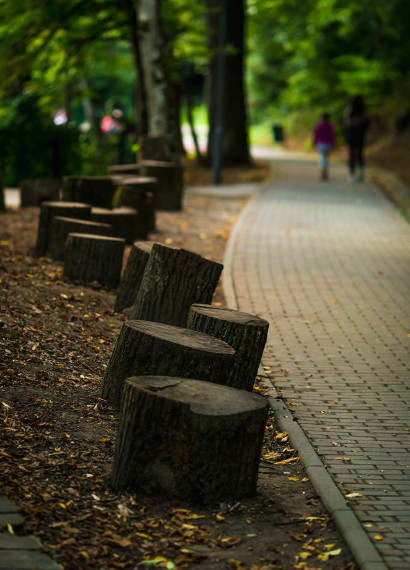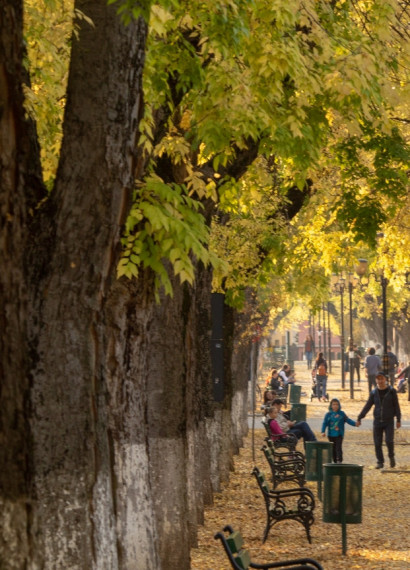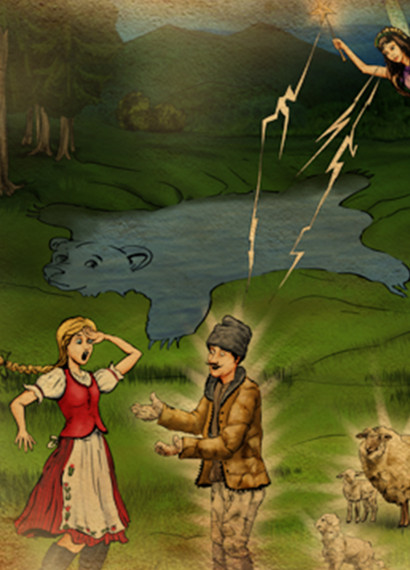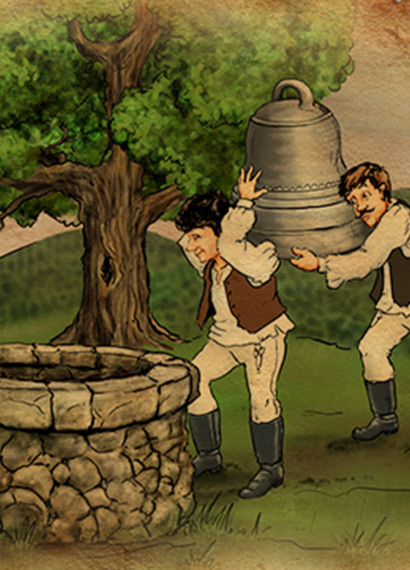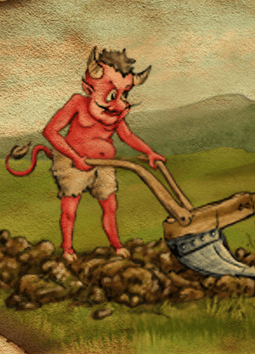Polenta Hill - Sângeorgiu de Pădure
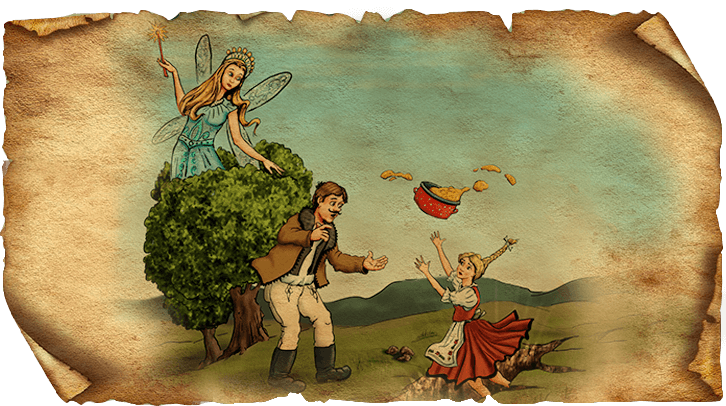
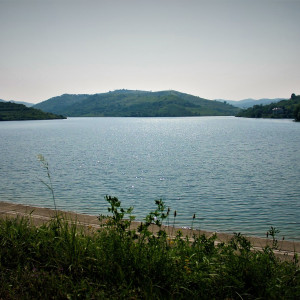
Fairies and giants once inhabited Sângeorgiu de Pădure, a hill next to the village, which according to folk tradition, was named after a fairy’s act. The Polenta Hill emerges in the southeastern part of the small town. According to the story, a handsome young shepherd was grazing his sheep on this hill. His pregnant wife prepared his meal for him every morning, but one day the boy forgot to take the food with him. The young woman noticed that the polenta remained at home, so she got up to take the meal to her husband. But an evil fairy stepped in, took a fancy to the beautiful shepherd: she opened the earth under the woman on her way to the husband, and the wife fell into the gap. The place where the food was scattered was called the Puliszkadomb (Polenta Hill).
There is another unique sight in the vicinity of Sângeorgiu de Pădure: we can also reach the famous lake of Bözödújfalu on foot / Bezidu Nou, and beneath there is a small settlement. Not only the Polenta Hill, but also this lake keeps the memory of evil spells from the eighties of the last century: the system at that time forced hundreds of families to leave the village and flooded the town with water, washed away its past and its souvenirs. The lake visitors can see the remains of buildings here and there, while the flooded village has a lively fishing experience today.
The largest tourist attraction in Sângeorgiu de Pădure is undoubtedly the Rhédey Castle, which adorns the center of the settlement. In this building was raised in the early 19th century Rhédey Klaudia of noble origin, the great-great grandmother of Elizabeth II Queen of England. According to Balázs Orbán, the old castle was originally an abbey.Another significant attraction of the settlement is the Calvinist Church built at the turn of the 13-14th centuries, giving place to the Unitarian synod in 1618. On the exterior wall was found a Szekler runic script.There are plenty of hiking opportunities around Sângeorgiu de Pădure: we can roam not only the countryside in Bezidu Nou, but we can still meet friendly shepherd children grazing their sheep on Polenta Hill and its surroundings.
There is another unique sight in the vicinity of Sângeorgiu de Pădure: we can also reach the famous lake of Bözödújfalu on foot / Bezidu Nou, and beneath there is a small settlement. Not only the Polenta Hill, but also this lake keeps the memory of evil spells from the eighties of the last century: the system at that time forced hundreds of families to leave the village and flooded the town with water, washed away its past and its souvenirs. The lake visitors can see the remains of buildings here and there, while the flooded village has a lively fishing experience today.
The largest tourist attraction in Sângeorgiu de Pădure is undoubtedly the Rhédey Castle, which adorns the center of the settlement. In this building was raised in the early 19th century Rhédey Klaudia of noble origin, the great-great grandmother of Elizabeth II Queen of England. According to Balázs Orbán, the old castle was originally an abbey.Another significant attraction of the settlement is the Calvinist Church built at the turn of the 13-14th centuries, giving place to the Unitarian synod in 1618. On the exterior wall was found a Szekler runic script.There are plenty of hiking opportunities around Sângeorgiu de Pădure: we can roam not only the countryside in Bezidu Nou, but we can still meet friendly shepherd children grazing their sheep on Polenta Hill and its surroundings.
